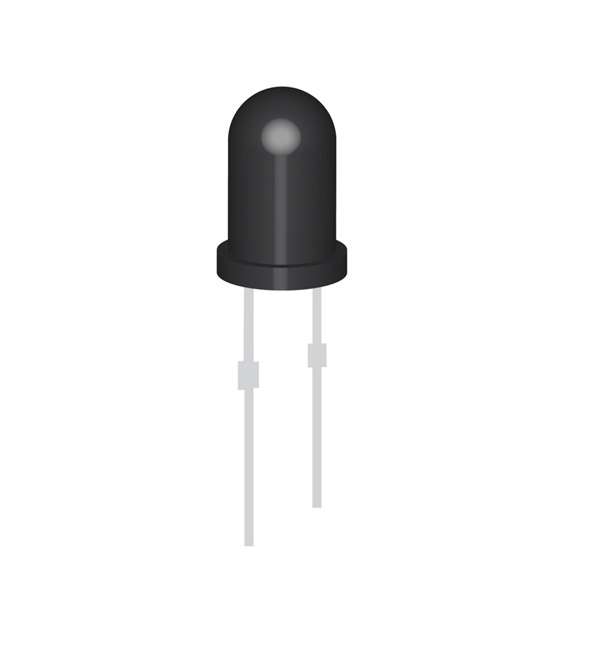Photodiode LEDs, also known as Photodiode LEDs, are electronic components that can convert light into electrical energy. Its structure is similar to a regular PN junction diode, but there is a transparent window above the PN junction for receiving optical signals. Photodiode LEDs are widely used in fields such as communication, optoelectronic detection, automatic control, and medical equipment.
The Important Role of Photodiode LEDs
One of the main applications of Photodiode LEDs is in communication systems. They are usually used to receive optical communication signals, which can come from fibers or lasers. It is also possible to couple light into the region of the PN junction, generating charges that can be amplified by an amplifier and decoded into digital signals to achieve data transmission. In wireless communication, Photodiode LEDs can also be used for the conversion and modulation of optical signals.

Can be used for photoelectric detection
Another important application area is optoelectronic detection. Photodiode LEDs can detect parameters such as power, wavelength, and intensity of light. For example, in environmental monitoring, Photodiode LEDs are used to detect the concentration of harmful gases or detect ultraviolet radiation. In medical equipment, Photodiode LEDs are used for blood oxygen measurement and skin optical measurement.
Photodiode LEDs also play a significant role in automatic control systems. For example, in the automotive industry, Photodiode LEDs can be used for automatic light control and automatic wiper control. In home applications, Photodiode LEDs can be used for light control switches, which control the opening and closing of the switch when the light intensity reaches a certain level.
In short, Photodiode LEDs play a very important role in modern electronic technology. With the advancement of technology, they will be applied in more fields to improve the quality of people’s work and life.












